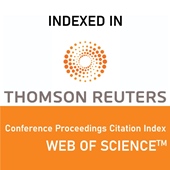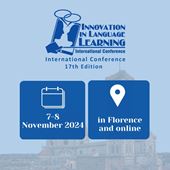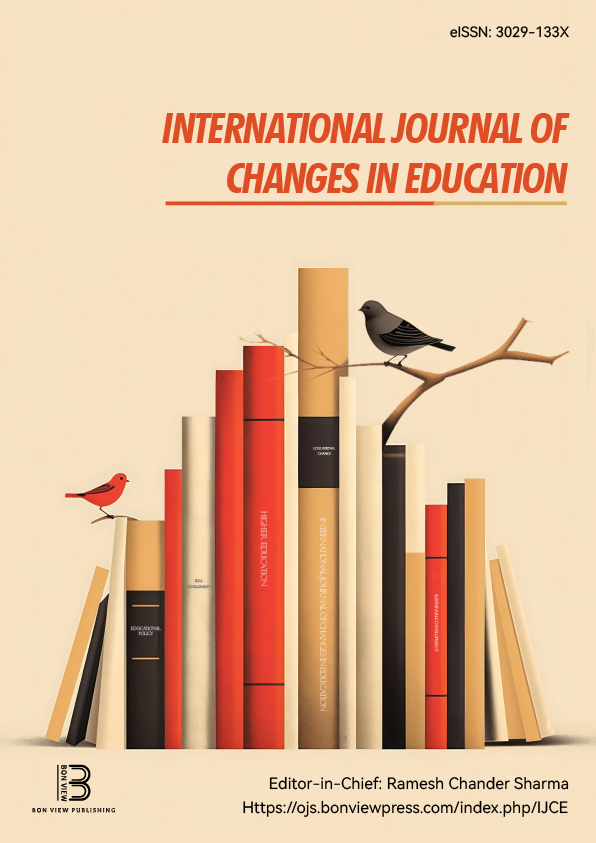Investigating Predictors of Mathematics Attainment among Children Attending Multi-grade Classes in Small Schools in Ireland
Breed Murphy, Mary Immaculate College (Ireland)
Abstract
Multi-grade education, where primary teachers educate classes of children with different grade-level designations, is an international phenomenon [1] [2]. Despite its prevalence, a scarcity of research related to multi-grade education has been noted [3]. Previous research on mathematics attainment in multi-grade classes has presented varying and divergent conclusions. This study compares the mathematics outcomes of children in multi-grade classes in small schools in Ireland to their counterparts in single-grade classes and investigates predictors of attainment. Informed by a bioecological framework [4] and utilizing multilevel modelling of longitudinal data, the study analyses data gathered in a national study of childhood, ‘Growing Up in Ireland’. The findings reveal no statistically significant differences between the mathematics outcomes of children in multi-grade classes in small schools and their single-grade counterparts at age 9. However, there is evidence of higher scores among children who attended multi-grade classes in small schools when they advanced to post-primary education. Additionally, the findings emphasize the contribution of individual characteristics to mathematics attainment. The study makes recommendations for policy and practice to support the mathematics attainment of children in multi-grade classes in the future.
|
Keywords |
Mathematics attainment, multi-grade education, rural education, mathematics education. |
|
REFERENCES |
[1] Little, A. W. (2006). Education for all and multigrade teaching. Springer. [2] Leuven, E. & Rønning, M. (2014). Classroom grade composition and pupil achievement, The Economic Journal, Vol. 126, pp. 1164–1192. [3] Borbely, D., Gehrsitz, M., McIntyre, S., Rossi, G., & Roy, G. (2023). Early years multi‐grade classes and pupil attainment. Oxford Bulletin of Economics and Statistics, 85(6), 1295-1319. [4] Bronfenbrenner, U., & Morris, P. A. (2006). The Bioecological Model of Human Development. In R. M. Lerner & W. Damon (Eds.), Handbook of child psychology: Theoretical models of human development (6th ed., pp. 793–828). John Wiley & Sons, Inc. |
 The Future of Education
The Future of Education


























